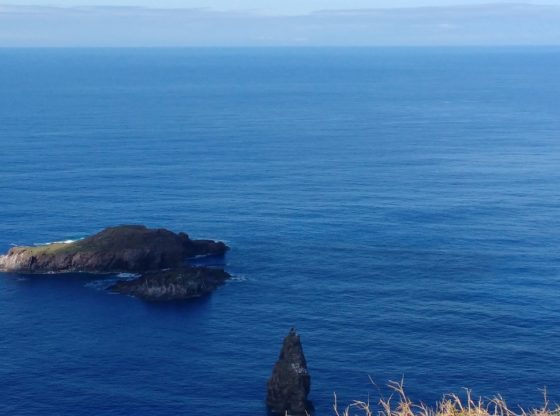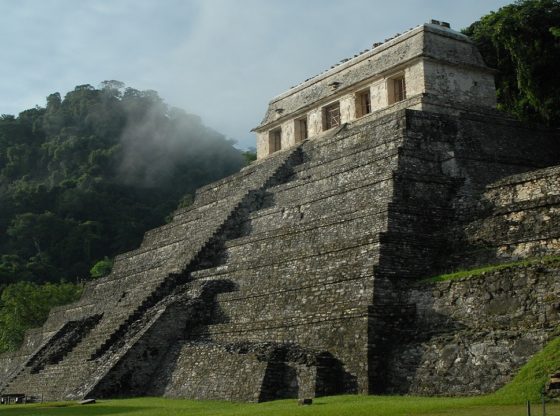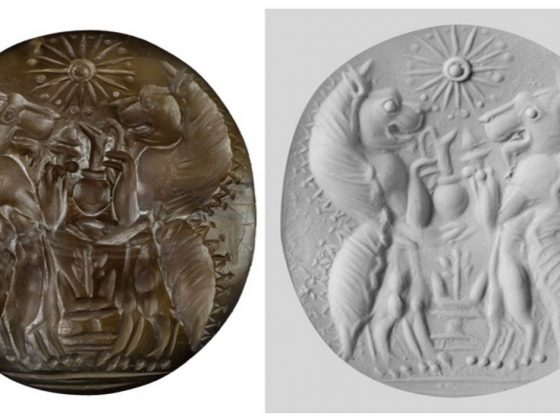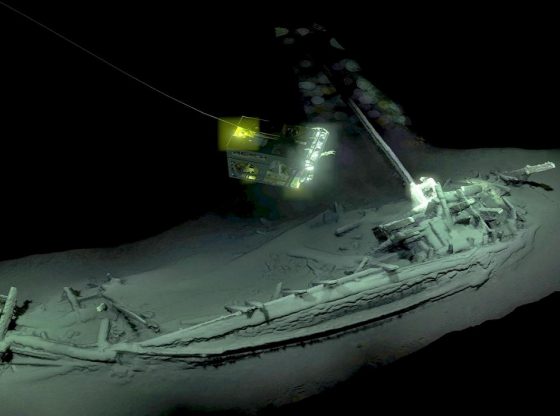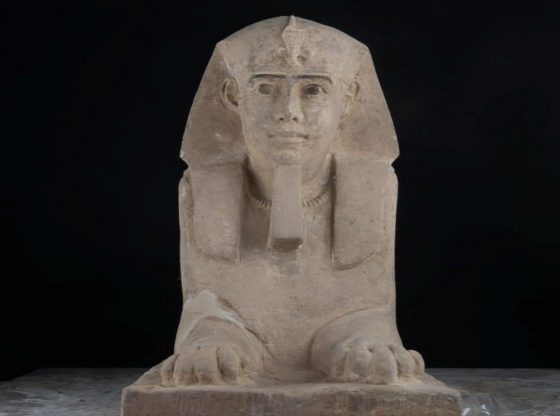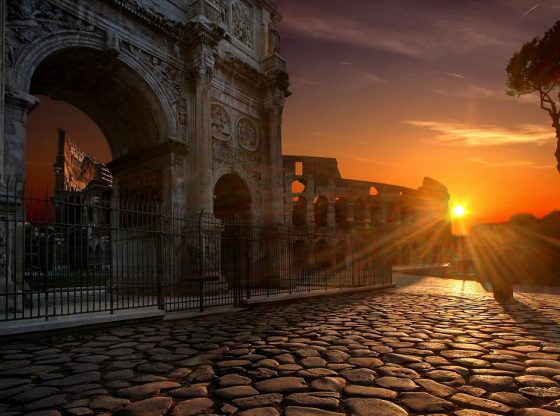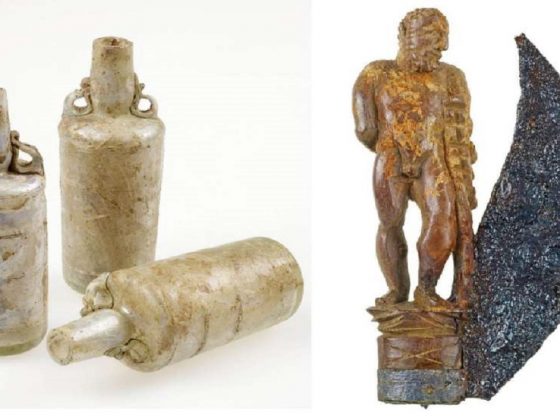It was rediscovered 13 years ago, the ancient city of Heracleion is the real story of Plato’s Atlantis.
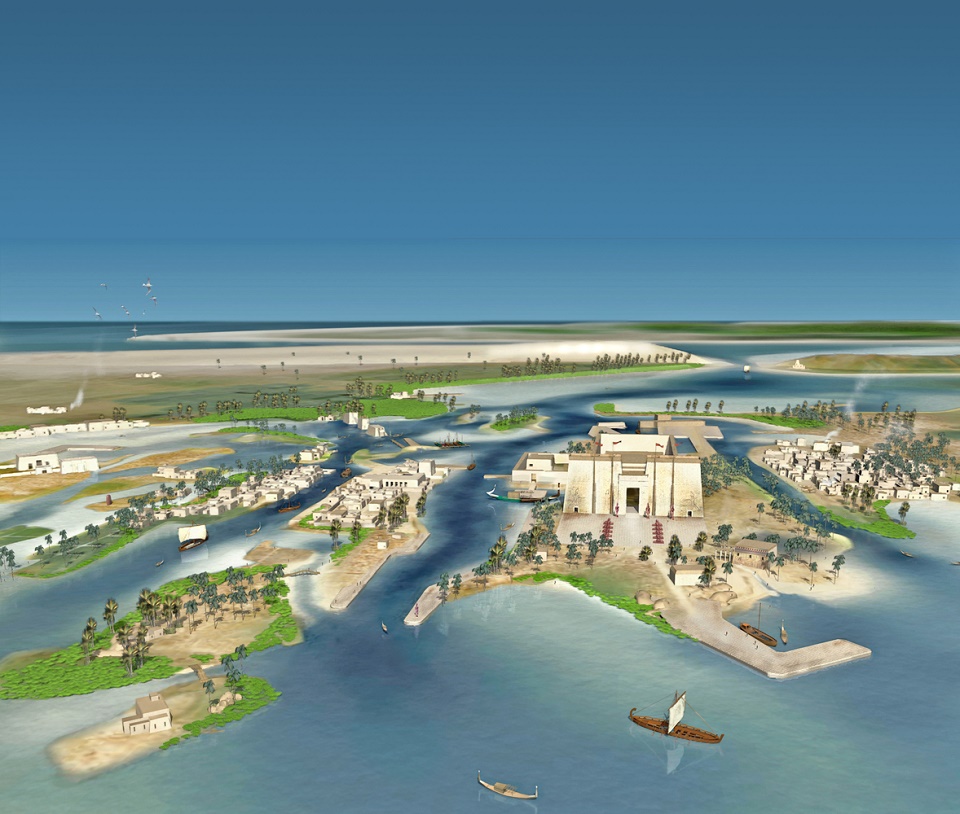
The 2,500-year-old city was first discovered in the year 2000 at the mouth of the Nile when ruins of the ancient city were found hidden on the sea floor. The discovery is regarded as one of the greatest archaeological findings ever.
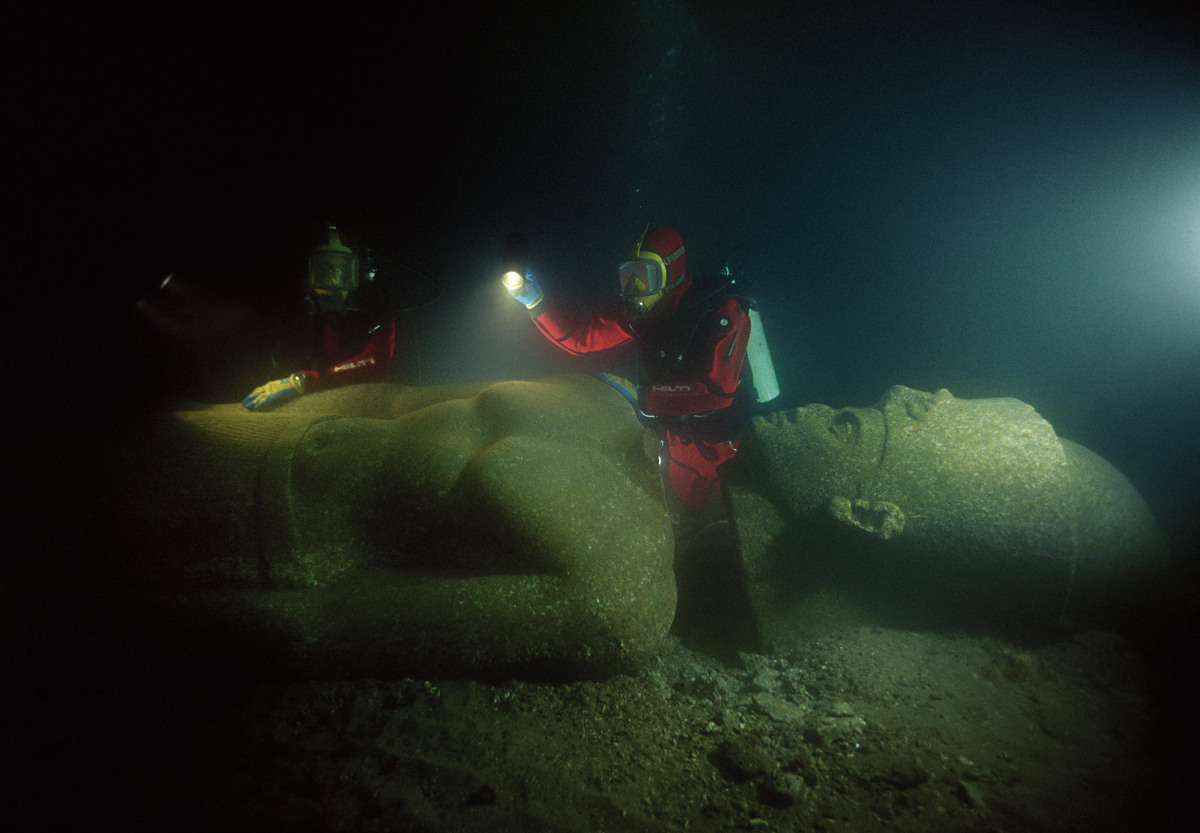
A Sunken City
Heracleion disappeared 1600 years ago and have ever since been hidden beneath the sea at a depth of 6 to 10 meters (20 to 33 feet), about 5 kilometers (Ca 3 miles) north of Alexandria in Egypt.
Here the archaeologists struck gold when they discovered a vast city with buildings, temples, streets, a sever system and plenty of statues. With one immense statue, in particular, that is 7 meters (33 feet) high, depicting a pharaoh.
Ancient Inscriptions
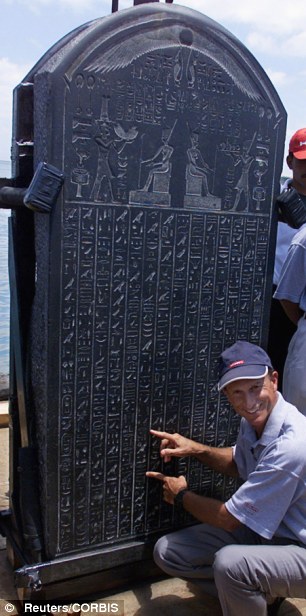
The international team who first made the discovery in 2000 was led by Franck Goddio and this team has since continued their underwater excavation. So far, 64 ancient shipwrecks, more than 700 anchors, gold coins, statues, pottery, tools and giant tablets with Greek and Egyptian inscriptions have been found under the sea bottom mud of the bay.
And once these have been translated, these tablets and inscribed pillars will reveal much about the religious and political life in ancient Egypt.
Legendary City
Heracleoin is actually mentioned by several ancient Greek historians (Diodorus Siculus, Strabo, and Herodotus) as an advanced city and society. Although often mentioned as decadent, its importance in the ancient world and the Mediterranean cannot be overstated.
Its legendary beginnings go back to the 12th century BCE. Then the city grew in importance with its strategic position at the mouth of the Nile. It was ancient Egypt’s main port for trade and tax collection.

It legendary name also relate to its equally legendary beginnings. As it was believed that Paris and Helen of Troy were stranded here on their trip from the jealous Menelaus just before the Trojan war began.
Greek sources also mention that Heracles (Hercules) himself had visited the city and that it was indeed named after him. Crete’s capital and largest city Heraklion was also named after Heracles and so was Herculaneum, the ancient Roman town that was buried under ash when Vesuvius erupted in 79 CE.
The Egyptian city of Heracleoin does indeed seem to have had a large temple of Khonsou, son of Amun, who was also known to the Greeks as Herakles.
The city also appears to have had a huge temple to the god Amun-Gereb at its center. Amun-Gereb was the supreme god of the Egyptians at the time. And from this temple stretched a vast network of canals and channels.
Swallowed by the Sea
The city sank in the 3rd or 2nd century BCE probably due to a sudden collapse of the unstable sediment on which the city was built.
This probably occurred following one or several earthquakes and possible tsunamis in their wake. Also, a gradual sea level rise possibly caused the area to drop by 3-5 meters (13 feet).

Over time the city faded from memory and its existence, similar to many other lost settlements along the coast, was only known based on a few ancient texts
Click view a video of the sea excavation.
________________
franckgoddio.com
________________________________

